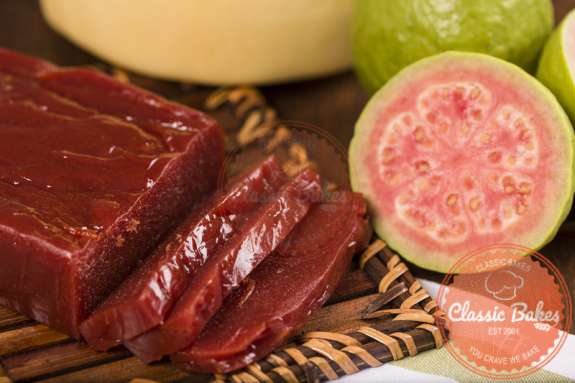
Trini Guava Cheese is another multicultural dish that can be traced to Portuguese colonialists. These sweet, chewy nuggets of guava came from an over-abundance of guava fruits in season and cane sugar. Calling it cheese describes the thick solid blocks that are sliced like a soft cheese for sandwiches, pastries or crackers. This recipe is a perfect addition to any afternoon tea when Guavas are in season.
Ingredients
1 kg Guavas Ripe
500g Brown Sugar
1 teaspoon Unsalted Butter
Optional - Red Liquid Food Coloring










Subscribe to our newsletter for the latest recipes, holiday specials, and mouthwatering secrets!
Subscribe






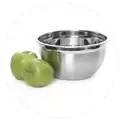
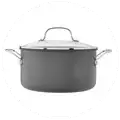






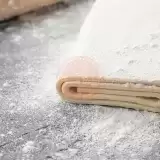

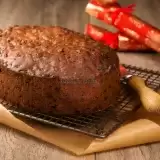
Add new comment